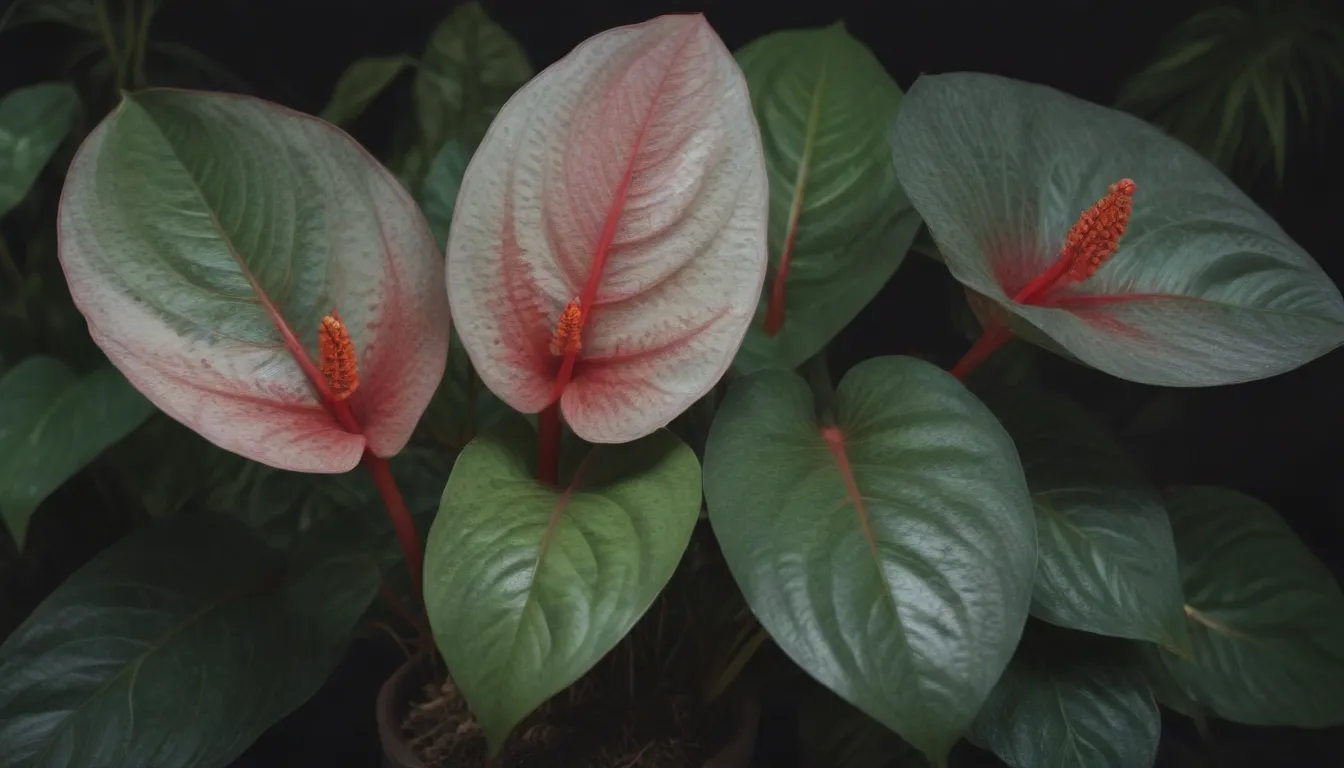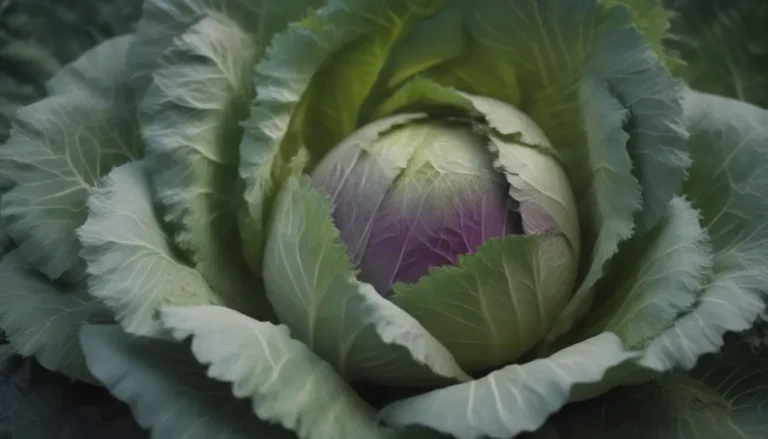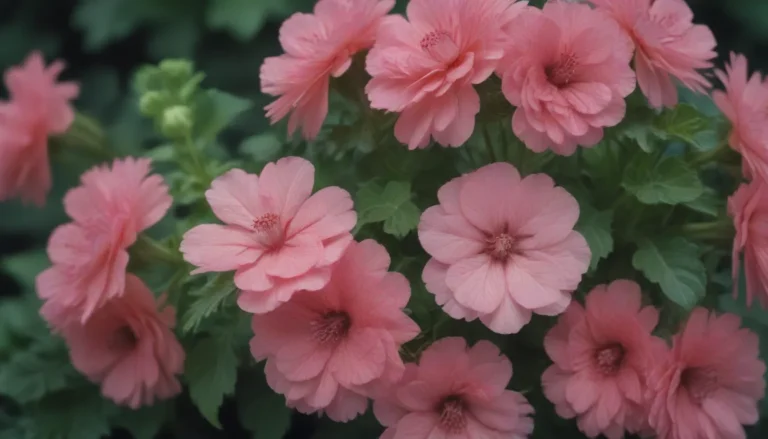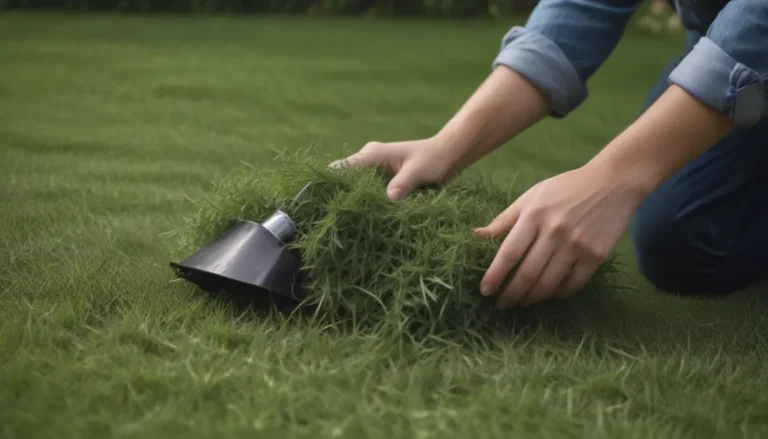The Ultimate Guide to Growing Anthurium Veitchii, Your New Favorite Rare Tropical Plant

Welcome to the ultimate guide on how to grow and care for Anthurium veitchii, also known as the king anthurium. If you’re a plant enthusiast looking to add a rare tropical beauty to your collection, you’re in the right place! In this comprehensive article, we’ll cover everything you need to know to help your Anthurium veitchii thrive, from light and soil requirements to propagation and common problems.
What Makes Anthurium Veitchii Unique?
Anthurium veitchii is a tropical plant native to the jungles of Columbia, known for its large, striking foliage. Its leaves can grow up to four feet long and develop deep ridges as the plant matures. This epiphytic plant can be grown outdoors in tropical and subtropical regions or as a houseplant in cooler climates. With the right care, Anthurium veitchii will surely become the centerpiece of your indoor garden.
Anthurium Veitchii Care Guide
Caring for Anthurium veitchii requires a balance of light, water, soil, temperature, and humidity. Here’s a detailed breakdown of each aspect of care:
Light
- Anthurium veitchii prefers bright, indirect light. Filtered light from a south-facing or west-facing window is ideal.
- Avoid direct sunlight, as it can burn the leaves and stunt growth.
Soil
- Use a chunky, loose, well-drained potting mix to simulate the plant’s natural epiphytic conditions.
- Consider a mix of potting mix or coconut coir, orchid bark, perlite, and sphagnum moss.
Water
- Keep the soil evenly moist but not soggy.
- Water when the top inch or two of soil has begun to dry out, rather than on a set schedule.
- Adjust watering frequency based on the plant’s growth stages.
Temperature and Humidity
- Maintain temperatures between 60 to 80°F and humidity between 50% and 60%.
- Protect plants from cold drafts and excessive heat sources.
Fertilizer
- Feed with a balanced liquid houseplant fertilizer diluted to half strength once or twice per month during the growing season.
- Pause fertilization in fall and resume in late winter or early spring.
Types of Anthurium Veitchii
There are two main types of Anthurium veitchii: the narrow form and the wide form. While they share similar traits, there are some differences worth noting:
- Narrow form: slightly narrower, more elongated leaves with more and thinner ribs.
- Wide form: slightly broader leaves with fewer and spaced-out ribs, possibly more tolerant of indoor humidity.
Pruning and Propagating Anthurium Veitchii
For Anthurium veitchii maintenance, pruning and propagating are essential tasks. Here’s how you can keep your plant healthy and encourage growth:
Pruning
- Trim dead or damaged leaves at the base of the plant with sterilized pruners.
- Regular pruning isn’t necessary, but removing problematic leaves can improve plant appearance.
Propagating
- Easily propagate Anthurium veitchii by dividing mature plants.
- Use fresh potting mix, sterilized shears, and appropriate plant pots for propagation.
Growing Anthurium Veitchii From Seed
If you’re interested in starting Anthurium veitchii from seed, follow these steps:
- Fill seed flats or small plant pots with vermiculite or sphagnum moss.
- Press the seeds lightly into the growing medium and keep it moist.
- Provide warm temperatures and bright, indirect light for seed germination.
- Transplant germinated seeds into regular potting mix once they have developed roots and leaves.
Potting and Repotting Anthurium Veitchii
- Repot Anthurium veitchii every two to three years as roots fill the pot and growth slows.
- Use fresh soil in a pot slightly larger than the previous one to encourage healthy growth.
Dealing With Common Pests and Diseases
Anthurium veitchii is susceptible to pests like mealybugs, spider mites, and aphids, as well as diseases such as bacterial blight and root rot. Here’s how to address these issues:
- Regularly inspect plants for signs of pests and diseases.
- Provide good air circulation and appropriate temperature and humidity levels to prevent infections.
Troubleshooting Common Problems
If you encounter issues like yellow leaves, brown spots, or browning tips on your Anthurium veitchii, here’s how to address them:
- Adjust watering and light conditions to prevent overwatering and excessive sunlight exposure.
- Prune damaged leaves and repot in fresh soil if necessary.
Conclusion
In conclusion, Anthurium veitchii is a stunning tropical plant that can thrive with proper care and attention. By following the guidelines outlined in this article, you can enjoy the beauty of Anthurium veitchii in your home or garden. Remember to observe your plant regularly, respond to its needs, and watch it flourish into a majestic botanical wonder. Happy growing!





